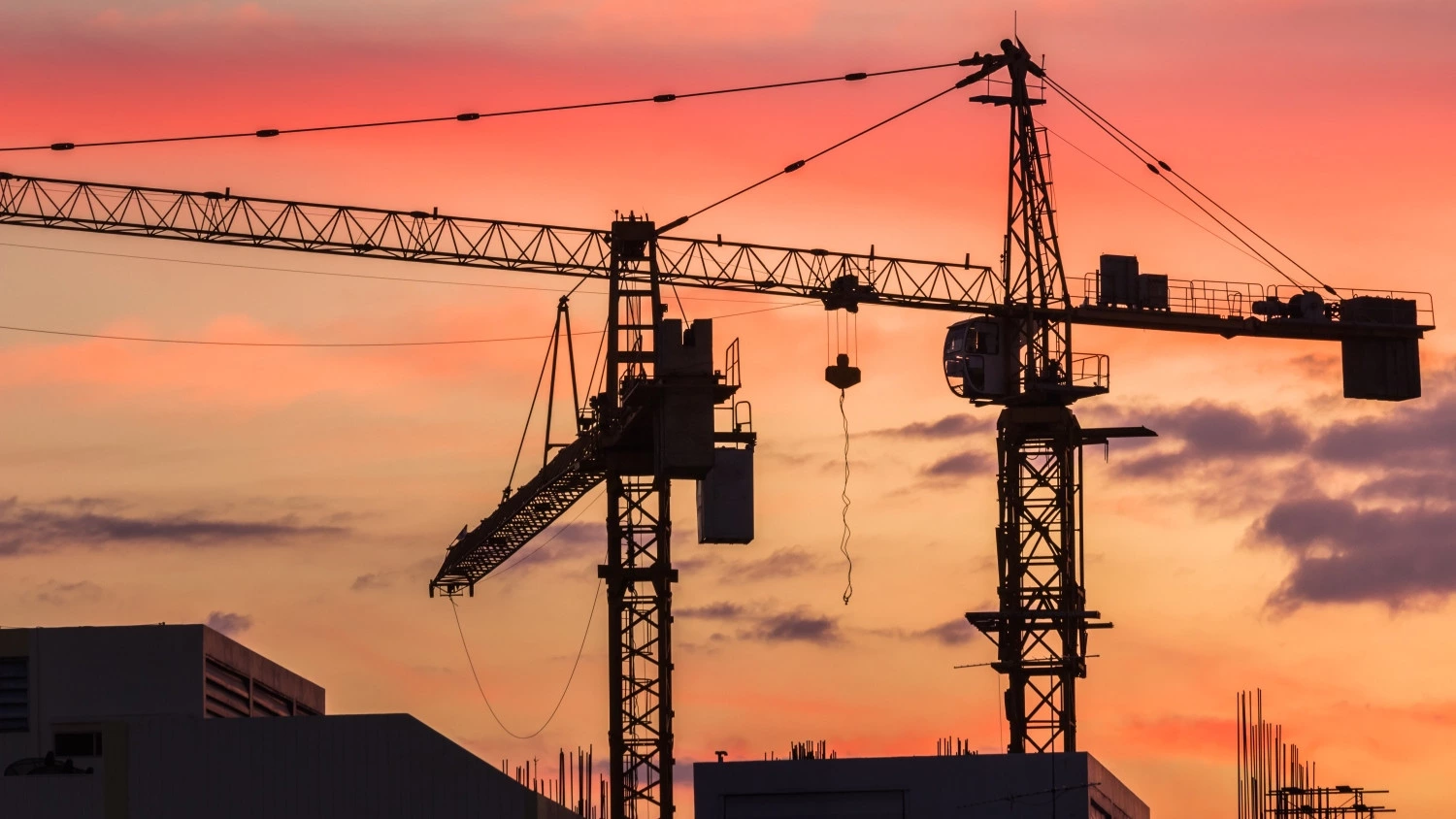
In the first year of the pandemic, the construction market of the SEE region as a whole remained in the positive, and further expansion is expected until 2023. The only exception is Bulgaria where a harsh transition is foreseen for 2023 when the 2014-2020 EU programming period ends financially. The massive growth experienced in the years before 2020 is not anticipated to return. around 3% growth is projected for 2021 and 2022, and a 3% drop for 2023. The countries with the largest cumulated growth on the forecast horizon are Croatia and Serbia, according to the Eastern European Construction Forecasting Association’s 2021 Summer Construction Forecast Report.
Bulgaria
After a drop of 4.2% in 2020, the European Commission (EC) forecasts the economy to rebound by the end of 2021 and to grow by 3.5%. A positive economic outlook, combined with low interest rates on home loans, will result in more affordable homes. But increased savings and zero deposit rates raise speculative investments in residential, pushing home prices up. Non-residential construction was expected to decelerate even before the pandemic, but the COVID-19 crisis has accelerated this process. Civil engineering is backed by advancing EU fund absorption and by 2027 will be given new opportunities. After an estimated drop in total construction in 2020 by 1.3% in Bulgaria, 2021 and 2022 are expected to see a growth of 9.2% and 12%, respectively. But a considerable drop of 24% is prognosticated in construction output in 2023 due to the slow preparation for the next programming period and the National Recovery and Resilience Plan.
Croatia
We are significantly more optimistic about output growth in a number of Croatian construction sectors than in our last report. Assistance from the EU and international financial institutions blunted the edge of the three catastrophes that struck Croatia in 2020, the COVID-19 pandemic and the Zagreb and Sisak-Maslovina earthquakes. For most (but not all) sectors, it appears that the catastrophes will not greatly change the drivers of output growth over the medium to long term, although they will have some short-term consequences. The three-year hiatus until the next elections in Croatia and the recent election of a reformist mayor in Zagreb, Croatia’s economic powerhouse, provide openings for spurring Croatia’s economic growth and so construction output, but it is not clear that they will be utilized.
Romania
The economic impact of COVID-19 has been less than initially feared. Investment into construction grew strongly in 2020, preventing GDP from a larger drop, and we expect investment to continue in the following years, thanks to the RRF. Recovery is also to be quicker than previously forecasted: the EC forecasts a GDP growth of 5.1% for 2022 and 4.9% for 2023. EECFA’s forecast for 2021 and 2022 in construction output is a small contraction (-0.7% and -0.2%) with growth returning in 2023 with 2.6%. Last year residential developers focused on finishing as many projects as possible as there were concerns of a potential market downturn. It didn't happen, but the new supply to be delivered in the next years could push prices down under normal market conditions.
Serbia
In 2021 things are getting back to normal with the economy standing strong and having already surpassed pre-pandemic levels. Serbia’s economy was one of the least affected in Europe with GDP contracting just 1% last year and expected real growth of around 6.5% this year. Recovery is visible in almost all economic segments except for some service sectors still struggling to reach 2019 levels. Serbia’s weaker exposure to tourism and related services moderated losses during the pandemic, and investment stayed strong in both 2020 and 2021. In addition, the government increased public investments in infrastructure and civil engineering projects. Demand in Europe is also recovering, orders are growing again, and with tourism on the rise as well, there is a lot of reason for optimism in the coming period.
Slovenia
The construction industry and the economy, in general, was less disrupted by the pandemic than originally expected. While GDP decreased by 5.5% in 2020, it is expected to rebound strongly in 2021. Total construction output stayed at almost exactly the same level in 2020 as in 2019: €3.4 billion and it is prognosticated to increase strongly in 2021 and 2022, and exceed €4.1 billion in 2023, for the first time since 2008. An interesting recent development though has been the rise in construction costs in 2021 resulting from high demand and supply disruptions owing to the pandemic and its economic aftermath. However, we estimate that this increase in construction cost will be temporary and will decelerate after 2022.



